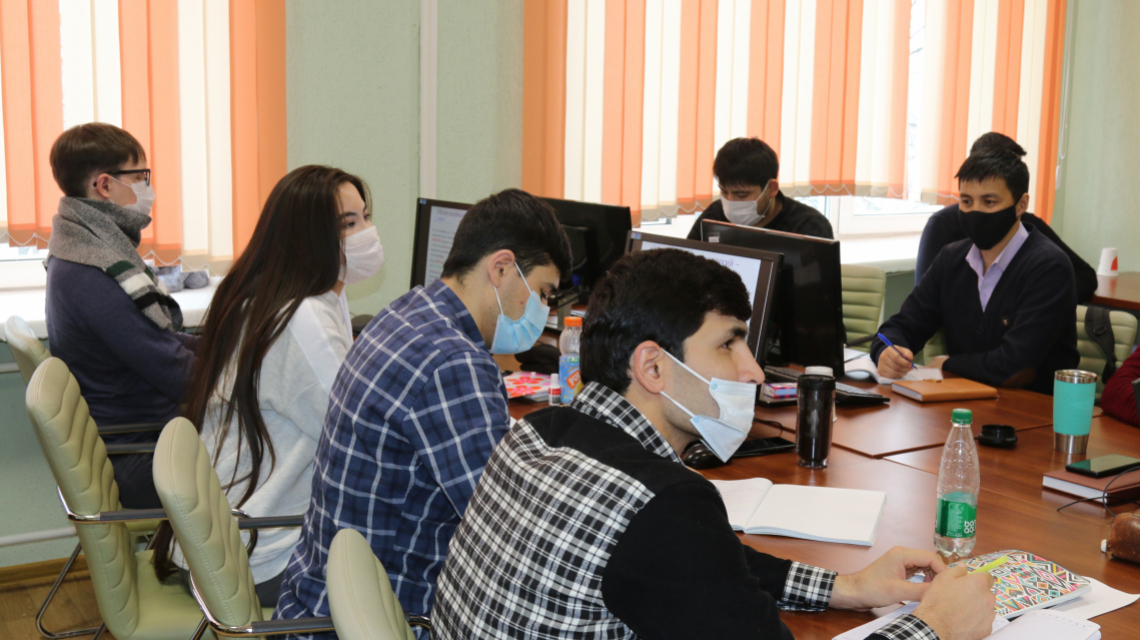Following five months of training and studies, 12 young professionals from Europe and Central Asia completed a comprehensive course on radiation protection and the safety of radiation sources. Concluding earlier this month, this was the latest edition of the IAEA’s Postgraduate Educational Courses (PGEC) in Radiation Protection and the Safety of Radiation Sources and was hosted by the International Sakharov Environmental Institute of the Belarusian State University.
Radioactive sources and radiation generators are used daily, around the world, in areas such as health care, agriculture, energy production, industry and research. To support the safety of sources and to protect against the potential radiation risks, a framework of legislation, regulations and a strong safety culture are needed.
“The PGEC has an important long term impact on Member States’ regulatory activities as each course helps to prepare the next generation of radiation protection leaders, ensuring the sustainability of regulatory capacities,” said Emina Alic, IAEA Programme Management Officer.








